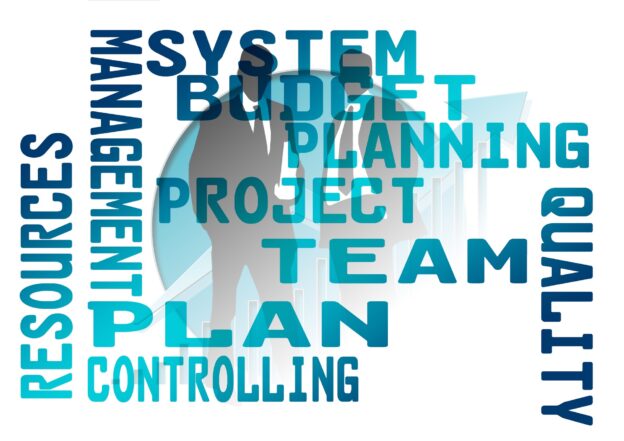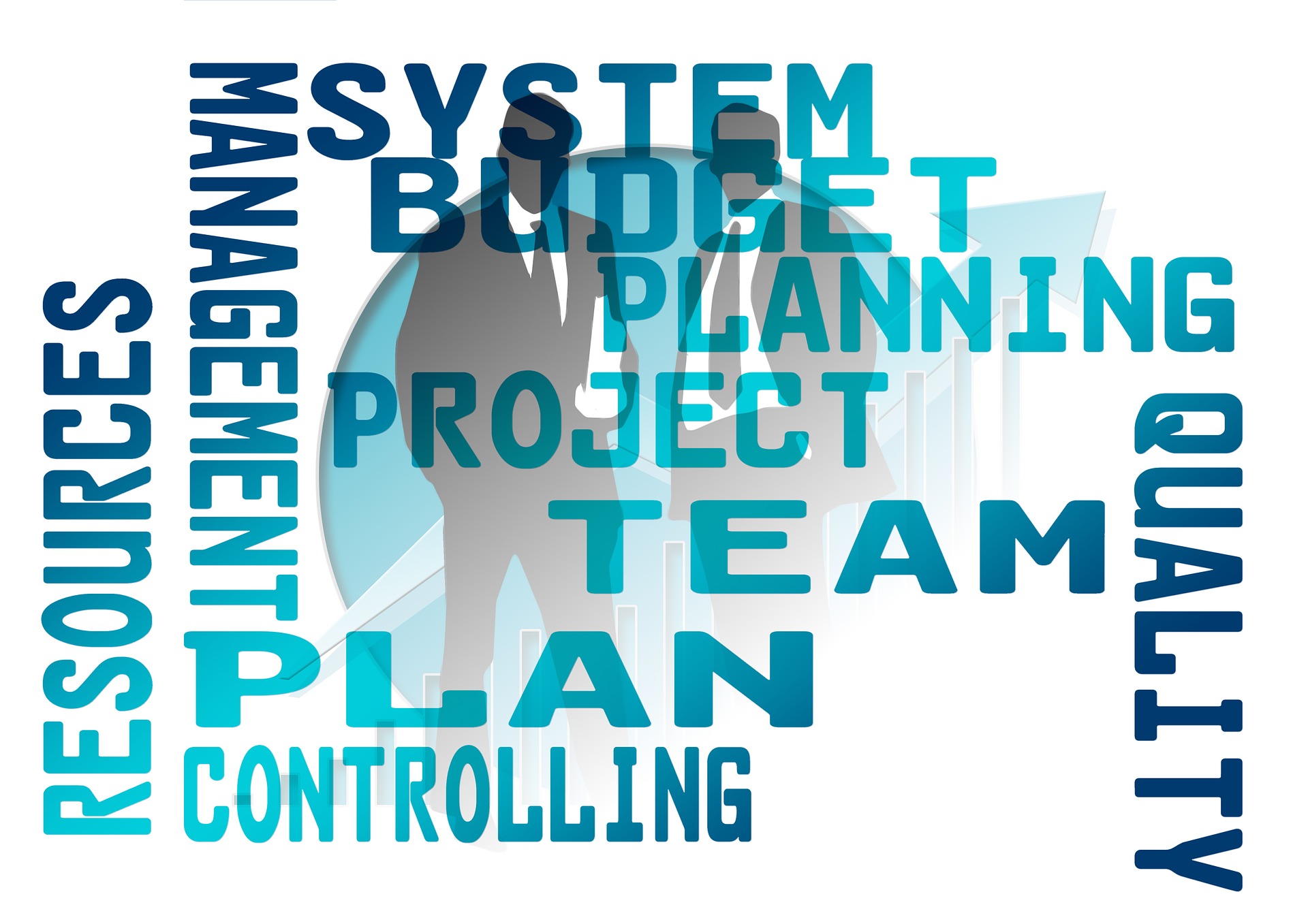In the fast-paced world of telemarketing, tracking performance metrics is crucial for businesses seeking to maximize their sales efforts. By closely monitoring key indicators such as conversion rates, call duration, and response rates, businesses can gain valuable insights into the effectiveness of their telemarketing campaigns. Understanding these metrics allows companies to make data-driven decisions, optimize their strategies, and ultimately drive higher sales. In this article, we will explore the importance of telemarketing performance metrics and provide practical tips for businesses looking to improve their results.
Telemarketing Performance Metrics

1. Introduction to Telemarketing Performance Metrics
Telemarketing performance metrics refer to the key indicators used to measure the effectiveness and efficiency of telemarketing campaigns. These metrics provide valuable insights into the performance of telemarketers and the overall success of the telemarketing strategies employed by businesses. By tracking and analyzing these metrics, companies can make data-driven decisions, identify areas for improvement, and ultimately drive better results in their telemarketing efforts.
2. Why Telemarketing Performance Metrics Matter
Tracking telemarketing performance metrics is crucial for several reasons. First, it allows businesses to assess the ROI of their telemarketing campaigns. By understanding the impact of their investment, companies can make informed decisions about future resource allocation and budget planning. Additionally, performance metrics help to identify areas of improvement and assess the effectiveness of various strategies and tactics employed in telemarketing efforts. By continuously monitoring these metrics, businesses can make adjustments and optimize their telemarketing activities to achieve better outcomes.
3. Key Telemarketing Performance Metrics
Various metrics can be used to evaluate telemarketing performance. Here are some of the most important ones:
3.1 Call Conversion Rate
This metric measures the percentage of calls that result in a desired outcome, such as a sale or an appointment. By tracking the call conversion rate, businesses can assess the effectiveness of their telemarketing scripts, strategies, and overall sales process.
3.2 Average Call Handling Time
Average call handling time measures the average duration of each telemarketing call. This metric helps businesses evaluate efficiency, productivity, and the quality of customer interactions. A low average call handling time may indicate quick and effective communication, while a high average handling time could point to issues that need to be resolved.
3.3 First Call Resolution Rate
The first call resolution rate measures the percentage of customer issues or inquiries that are resolved during the initial call. A high first call resolution rate indicates efficient and effective customer service, enhancing customer satisfaction and reducing the need for multiple callbacks.
3.4 Sales Conversion Rate
The sales conversion rate measures the percentage of leads that are successfully converted into sales. This metric is essential for evaluating the effectiveness of the telemarketing team in turning leads into paying customers. A higher sales conversion rate indicates a more successful and efficient telemarketing process.
3.5 Customer Satisfaction Score (CSAT)
CSAT is a metric used to gauge customer satisfaction with the telemarketing experience. By collecting feedback from customers, businesses can assess how well their telemarketing efforts meet customer expectations. A high CSAT score indicates satisfied customers and highlights areas of success.
3.6 Lead Response Time
Lead response time measures the speed at which telemarketers respond to leads or inquiries. Quick response times are crucial for engaging potential customers and increasing the chances of successful conversions. By tracking this metric, businesses can identify areas for improvement in their lead response processes.
3.7 Call Abandonment Rate
The call abandonment rate measures the percentage of calls that are terminated by the caller before reaching an agent or resolving their issue. High call abandonment rates may indicate long hold times, poor call routing, or other factors impacting customer satisfaction. Monitoring and reducing call abandonment rates can help improve customer experience and increase conversion rates.
3.8 Cross-Selling and Up-Selling Success Rate
This metric measures the success rate of telemarketers in cross-selling or up-selling additional products or services. A higher success rate indicates effective sales techniques and the ability to capitalize on customer interactions. Monitoring this metric can help businesses identify opportunities for increasing revenue through additional sales.
3.9 Appointment Setting Rate
The appointment setting rate measures the percentage of leads that result in a scheduled appointment or meeting. This metric is particularly relevant for service-based businesses that rely on booking appointments for consultations or demonstrations. A higher appointment setting rate indicates successful lead nurturing and, ultimately, increased opportunities for sales.
3.10 Cost per Sale
Cost per sale measures the expenses incurred in acquiring a new customer through telemarketing efforts. By comparing the cost per sale with the revenue generated from each sale, businesses can assess the profitability of their telemarketing campaigns. This metric helps companies optimize their marketing budgets and allocate resources more efficiently.
4. Setting Performance Targets
Establishing performance targets is vital for monitoring progress and driving improvement in telemarketing performance. When setting performance targets, businesses should consider the following:
4.1 Understanding Your Specific Business Goals
It is crucial to align telemarketing performance targets with the overall business objectives. By understanding the desired outcomes and objectives, businesses can set targets that directly contribute to achieving those goals.
4.2 Defining Realistic Performance Targets
Setting realistic performance targets is essential to avoid setting unrealistic or unattainable goals for telemarketers. Unrealistic targets can lead to demotivation and increased employee turnover. Targets should be challenging yet achievable to encourage continuous improvement.
4.3 Aligning Targets with Industry Benchmarks
Comparing telemarketing performance against industry benchmarks provides valuable insights into the competition and industry standards. Setting targets aligned with or surpassing industry benchmarks can drive better performance and ensure competitiveness.
4.4 Establishing Objectives for Key Metrics
Identify the key metrics that align with your business goals and set specific objectives for each metric. Clear objectives provide a benchmark for evaluation and enable businesses to track progress and improvements accurately.
5. Evaluating Telemarketing Performance
Evaluating telemarketing performance involves analyzing performance data and taking appropriate actions based on the findings. Here are key steps to effectively evaluate telemarketing performance:
5.1 Collecting and Analyzing Performance Data
Gather relevant data from various sources, such as call logs, customer feedback, and sales records. Analyze the data to identify trends, patterns, and areas of improvement. Use data visualization tools or analytics software to extract actionable insights.
5.2 Conducting Regular Performance Reviews
Regular performance reviews allow businesses to assess individual and team performance. Provide constructive feedback to recognize strengths and identify areas for development. Performance reviews are also an opportunity to align goals, discuss challenges, and develop strategies for improvement.
5.3 Identifying Areas of Improvement
By analyzing performance metrics, businesses can pinpoint specific areas of improvement. This could involve refining telemarketing scripts, enhancing product knowledge, or improving customer service skills. Identifying and addressing these areas can lead to better performance overall.
5.4 Recognizing Top Performers
Acknowledge and reward top-performing telemarketers to foster a culture of excellence and motivation. Recognizing exceptional performance not only boosts morale but also encourages others to strive for success.
5.5 Addressing Underperformance
When evaluating telemarketing performance, it’s essential to identify underperforming individuals or teams. Provide additional training, coaching, or support to help them improve their performance. Addressing underperformance in a proactive and constructive manner is critical to maintaining overall team success.
6. Strategies for Improving Telemarketing Performance
Improving telemarketing performance requires a strategic approach and targeted interventions. Here are some effective strategies for enhancing telemarketing performance:
6.1 Training and Development Programs
Invest in comprehensive training and development programs to equip telemarketers with the necessary skills and knowledge. This includes product or service training, role-playing exercises, and continuous coaching to refine sales techniques and communication skills.
6.2 Enhancing Communication Skills
Effective communication skills are essential for successful telemarketing. Provide training on active listening, objection handling, and persuasive communication techniques. By enhancing communication skills, telemarketers can build rapport with potential customers, address concerns, and increase the likelihood of conversions.
6.3 Streamlining Sales Processes
Evaluate and streamline sales processes to eliminate unnecessary steps or bottlenecks that may hinder telemarketing performance. Simplifying and optimizing sales processes can improve efficiency, reduce call handling times, and enhance overall customer experience.
6.4 Utilizing Technology and Automation
Leverage technology and automation tools to streamline repetitive tasks, such as data entry and call routing. Implementing customer relationship management (CRM) software can help manage leads, track interactions, and optimize follow-ups. Automation allows telemarketers to focus on building relationships and closing deals.
6.5 Monitoring and Coaching
Regularly monitor telemarketing activities through call recording and quality assurance processes. Provide ongoing coaching and feedback to improve performance. Monitoring allows businesses to identify areas for improvement, address common challenges, and share best practices.
6.6 Motivating and Engaging Telemarketers
Create a positive and motivating work environment to boost telemarketing performance. Recognize and reward achievements, foster teamwork, and provide opportunities for advancement. Engaged and motivated telemarketers are more likely to deliver exceptional results.

7. Implementing Performance Incentives
Incentives can be a powerful tool for driving telemarketing performance. When designing performance incentive programs, consider the following:
7.1 Types of Performance Incentives
Consider offering financial incentives, such as bonuses or commission-based compensation, to motivate telemarketers to achieve specific targets. Non-financial incentives can include recognition, public praise, or additional perks within the workplace.
7.2 Designing Effective Incentive Programs
Design incentive programs that are aligned with your business objectives and target areas for improvement. Ensure that the rewards are clear, achievable, and meaningful to the telemarketing team.
7.3 Linking Incentives to Key Metrics
Tie incentives directly to key performance metrics to drive desired behaviors and outcomes. For example, incentivize higher sales conversion rates or improved customer satisfaction scores. This ensures that the recognition and rewards are tied to the organization’s goals.
7.4 Monitoring and Adjusting Incentive Programs
Continuously evaluate the effectiveness of your incentive programs and make adjustments as needed. Monitor the impact of the incentives on telemarketing performance metrics and be flexible in adapting the programs to address changing business needs.
8. Common Challenges in Measuring Telemarketing Performance
Measuring telemarketing performance can present several challenges. Here are some common challenges to be aware of:
8.1 Data Accuracy and Reliability
Ensure the accuracy and reliability of the data collected for performance metrics. Implement proper data collection procedures and use reliable data sources to minimize errors and inconsistencies.
8.2 Ensuring Consistency in Performance Evaluation
Standardize performance evaluation criteria and processes to ensure consistency across the telemarketing team. This minimizes subjective judgments and ensures fairness in performance assessments.
8.3 Aligning Metrics with Business Goals
Select and track metrics that align with your specific business goals. Avoid tracking irrelevant metrics that do not provide valuable insights or contribute to business success.
8.4 Tracking Performance of Off-Site Telemarketers
If telemarketers work remotely or off-site, implement systems and technologies to track their performance effectively. Utilize remote monitoring tools, establish clear expectations, and maintain open lines of communication.
8.5 Managing Large Volumes of Performance Data
Dealing with large volumes of performance data can be overwhelming. Implement data management tools or software solutions that facilitate data analysis and reporting. Automating data collection and analysis processes can significantly streamline the management of performance data.

9. Tools and Software for Tracking Telemarketing Performance
Several tools and software solutions are available to help businesses track and analyze telemarketing performance. These include:
-
Customer Relationship Management (CRM) software: CRM systems enable businesses to manage leads, track customer interactions, and monitor telemarketing activities effectively. They provide a centralized database for storing customer information, facilitating performance analysis and reporting.
-
Call Monitoring and Quality Assurance Tools: Call monitoring tools allow businesses to record and review telemarketing calls for performance evaluation. Quality assurance tools provide metrics and insights into call quality, script adherence, and customer satisfaction.
-
Performance Analytics and Reporting Software: Performance analytics and reporting software help businesses analyze performance data and generate meaningful reports. These tools allow for data visualization, trend analysis, and identification of performance patterns and opportunities.
-
Data Management Systems: Data management systems facilitate the collection, organization, and analysis of telemarketing performance data. These systems provide a centralized repository for data storage, ensuring data accuracy and reliability.
10. Conclusion
Telemarketing performance metrics play a critical role in evaluating the success of telemarketing campaigns and driving improved results. By tracking and analyzing key metrics, businesses can make data-driven decisions, identify areas for improvement, and optimize their telemarketing strategies. Setting realistic performance targets, evaluating performance, and implementing strategies to enhance performance are essential steps in achieving telemarketing success. Furthermore, performance incentives, effective coaching, and the utilization of relevant tools and software can contribute to improved telemarketing performance. By prioritizing telemarketing performance metrics and continually striving for improvement, businesses can optimize their telemarketing efforts and drive growth and success.




